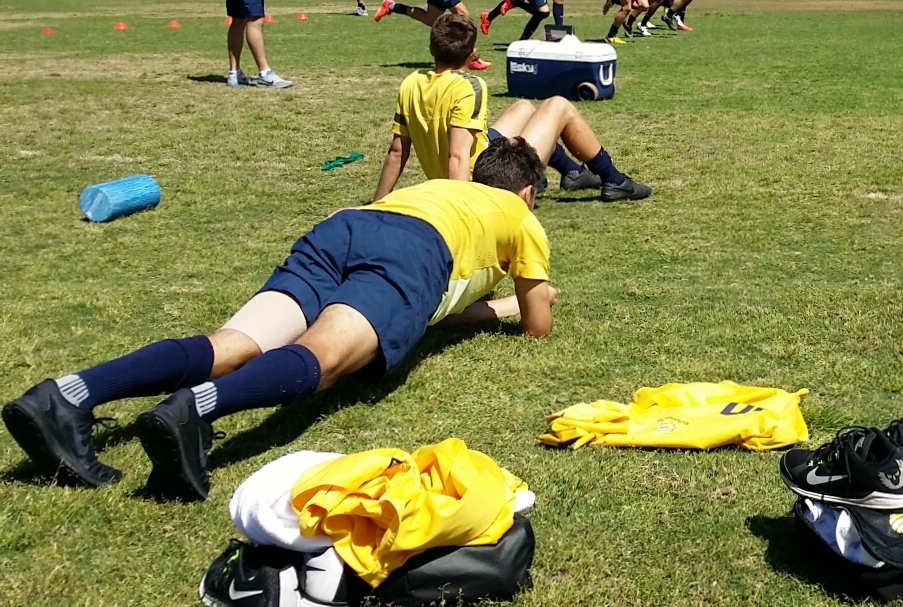When I look at fitness the past five years, there have been some drastic changes in how we (fitness coaches) train people.
Exercise is now considered “movement training.” We focus more on functionality, range of motion, total body awareness and bodyweight strength.
And these cutting-edge concepts are going to continue to evolve, as experts say the next five years will see even more change. I do believe in mastering the basic principles of exercise training. This will never change. But staying current with the most up-to-date research in the fitness industry will keep you getting results and staying on top of the game. The five points below are all strategies that top-notch fitness professionals are using in their programs. Let’s take a look at five big changes in the past five years:
- Quality of movement has become more important than quantity of movement. It’s no longer about repeating exercises over and over until you are blue in the face. This is not the answer to good fitness training. Being in full control of your movements and making sure the correct muscles are being used is now the main focus of smart exercise programs. If we are putting fitness over our dysfunctions, we get worse. Our posture will suffer, we lose range of motion and we end up injured. The focus should be about clean and controlled movement that will create symmetry throughout our body.
- Core training is not “ab” training. The core of our body incorporates our glutes, hamstrings, hips, low back, abdominal wall and the deep muscles of the spine. The function of our core is to allow our hips to move freely so that we can create stability in our low spine. If we are promoting flexibility in our lumbar spine with crunches, sit-ups and low-back rotational exercises, we will suffer from low-back trauma. Working your core means to stabilize the lumbar spine and increase mobility and movement in our hips and glutes. Creating this foundation will be critical to optimal health and movement.
- Big muscles are out. Functional bodies are in. Big muscles might look good but a functional body will out-perform. What do I mean when I say “functional”? Being able to show clean movement that can be transferred outside the gym. If you are an athlete, your function solely depends on your sport. Can you move with adequate range of motion or is your athleticism limited because of this lack of functional movement? If you are a general workout enthusiast, can you live your life pain-free with respectable flexibility and mobility and can you still do the things you enjoy? This is function. Big muscles are not the answer. Functional strength is what we are after so we can continue living life and/or perform at high levels.
- Females are lifting weights. This change in our mindset over the past five years has more women lifting weights and getting strong. The old-school visual of a skinny and slender female as the cover model is out. Now we are seeing strong, sexy women boast about their weight training routine. And guess what? They are not using little pink dumbbells to “tone” anymore. This is something of the past and all women should be focusing on getting stronger.
- The implementation of soft tissue and corrective exercise. You should know what a foam roll and/or massage stick are by now. These are tools used to improve muscle tissue quality and should be implemented three to five times throughout the week. Tissue quality is the foundation of movement. If we are tight, have knots and restrict movement, we will not have optimal fitness, strength, conditioning, etc. — whatever you are after in your program. The older you get, the more important soft-tissue work becomes to aide in keeping your muscles flexible, durable and supple. Corrective exercises are movements that assist in creating balance, stability and/or mobility in areas that are dysfunctional. Simply put, corrective exercise will be implemented into a program to assist an individual clean up specific movement discrepancies.
Originally posted visaliatimesdelta.com 12th August 2012























